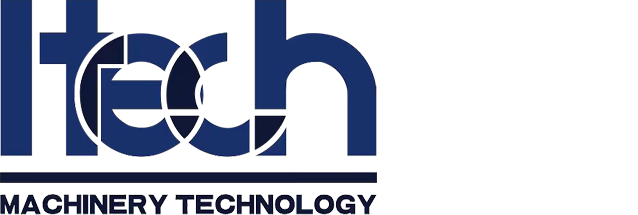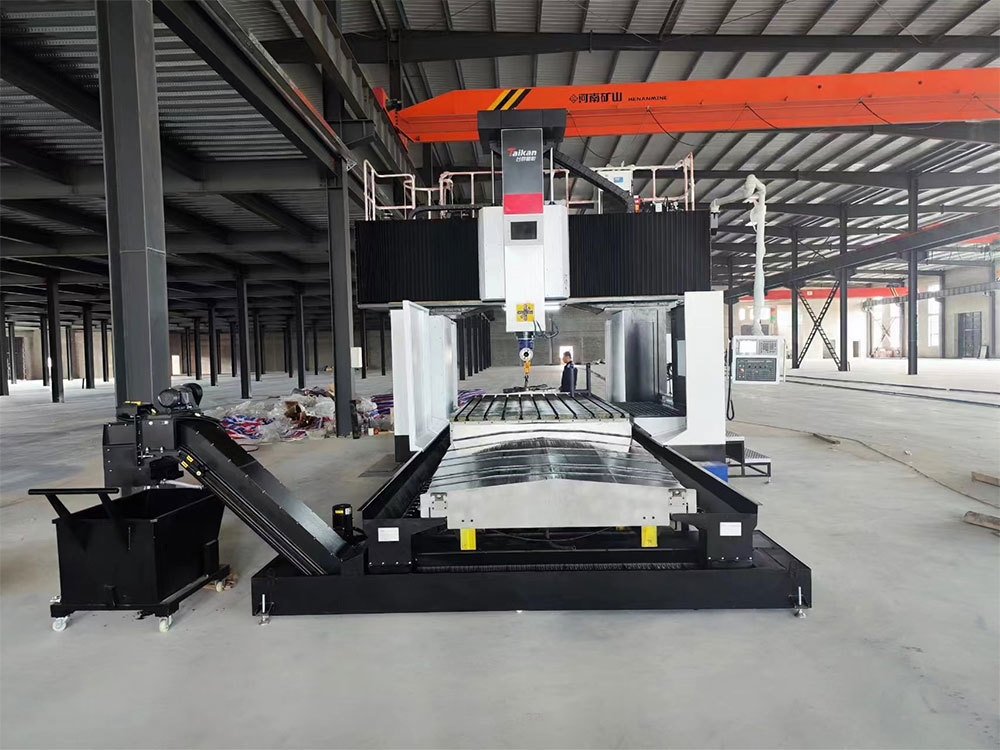Relevant standards for automotive textiles
Release time:
Aug 24,2023
Automotive textiles include seat cushions, foot cushions, car carpets, car decorative cloths, seat cloths, seat belts, car soft roofs, etc. that we can see, but people are not easy to see include: airbags, tire cords Fabric etc. The amount of textiles used in each car is about 20-25kg, and the amount of buses is even greater. Therefore, the amount of automotive textiles is huge. With the development of China's automobile industry, the amount of automotive textiles is still increasing year by year.

Automotive textiles include seat cushions, foot cushions, car carpets, car decorative cloths, seat cloths, seat belts, car soft roofs, etc. that we can see, but people are not easy to see include: airbags, tire cords Fabric etc. The amount of textiles used in each car is about 20-25kg, and the amount of buses is even greater. Therefore, the amount of automotive textiles is huge. With the development of China's automobile industry, the amount of automotive textiles is still increasing year by year.
China's textile products manufacturers hope to enter the field of automotive textiles, but the automotive industry is more special, the requirements for related components are very high, and the requirements of different manufacturers are not the same. Therefore, as a cross-industry product standard, it has become a high threshold for enterprises to enter this field. The author consulted the relevant domestic and foreign testing institutions. At present, only one or two testing institutions such as SGS have mastered the relevant standards at home and abroad and can provide relevant testing.
Experts said: at present, the domestic standards related to automotive textiles are mainly the following:
1. Compulsory national standard GB 8410-2006 Combustion characteristics of automotive interior materials.
The standard specifies the technical requirements and test methods for the horizontal combustion characteristics of automotive interior materials. This standard is applicable to the evaluation of the horizontal combustion characteristics of automotive interior materials. In view of the fact that there are many differences between the actual conditions of various automotive interior parts (parts application parts, arrangement methods, operating conditions, ignition sources, etc.) and the test conditions specified in this standard, this standard is not applicable to the evaluation of all real in-car combustion characteristics of automotive interior materials.
2.GB 14166-2003 Safety Belts and Restraint Systems for Adult Occupants of Motor Vehicles
The standard specifies the definition, technical requirements and test methods of automobile seat belts and restraint systems. It is applicable to seat belts and restraint systems installed on M and N vehicles and used separately by forward-looking adult occupants as independent equipment.
3. QB/T 2971-2008 Cashmere Products for Automobile Decoration
The standard specifies the product classification, requirements, test methods, inspection rules, packaging, marking, transportation and storage of sheep shear products for automobile decoration. This standard is applicable to the sheep sheared products for automobile decoration. This standard also applies to other fur products for automotive decoration.
4. FZ/T 34008-2009 linen cushion for automobiles
The standard specifies the technical requirements, test methods, inspection rules, signs, packaging and transportation of linen seat cushions for automobiles. This standard is applicable to machine-woven and hand-woven seat cushions with the main material flax fiber content of 50% or more.
When talking about relevant foreign standards and requirements, experts said that the foreign automobile industry developed earlier, which is different from the situation in our country. Foreign manufacturers generally have their own standards, and test methods are different. Such as automotive interior textiles wear resistance, anti-pilling, pilling, sun fastness, low temperature environment tensile breaking rope force, etc., the detection method is very special, the requirements of various manufacturers are not the same. However, more general requirements, such as flame retardancy, require less than 4 inches per minute.
The relevant standards of Europe and the United States are mainly the following:
United States: FMVSS302 Federal Motor Vehicle Safety Standard 302
This standard specifies the technical requirements and test methods for the horizontal combustion characteristics of automotive interior materials, and is applicable to the evaluation of the horizontal combustion characteristics of automotive interior materials.
2. EU: 95-28-EC Combustion performance test of materials for internal structure of motor vehicles (automobiles)
The EU's standard combustion test method for automotive materials mainly uses the Federal Automotive Safety Standard (FMVSS) of the United States and some EU national standards. For the entire automotive industry, the combustion test method uses the FMVSS 302.
In addition, the French standard NF P 92-505 (drop test) is also a small flame propagation test, similar to EN ISO 11925-2. It is used in certain automotive applications as a complementary test method to the FMVSS 302.
For example, the decoration materials for tourist buses in the European Union, in addition, the curtain materials for tourist buses must also meet the ISO 6940 standard.
Experts especially remind that manufacturers should also pay attention to the requirements of VOC (volatile organic compound Volatile Organic Compounds in English abbreviation) release, which is mandatory in the EU. (China Textile Economic Information Network)
Key words:
- All
- Product Management
- News
- Introduction
- Enterprise outlets
- FAQ
- Enterprise Video
- Enterprise Atlas
More information









